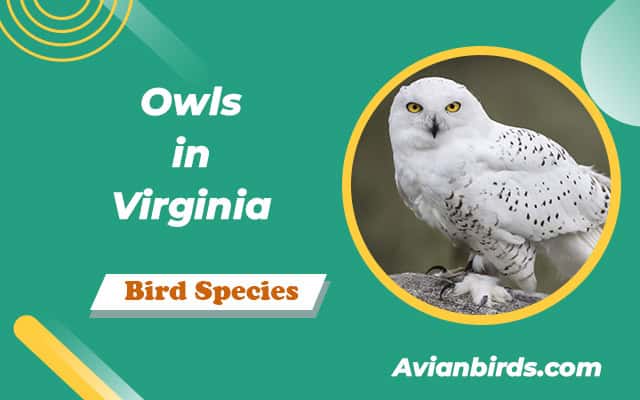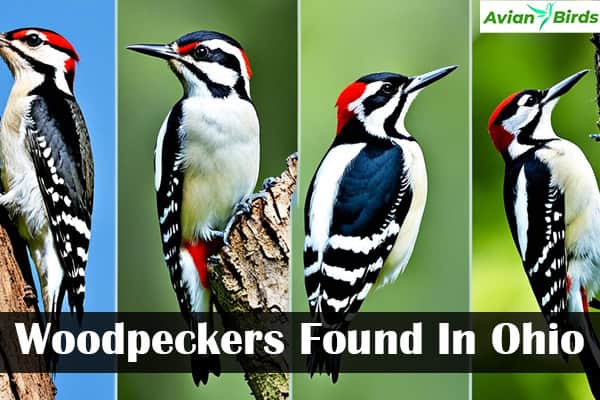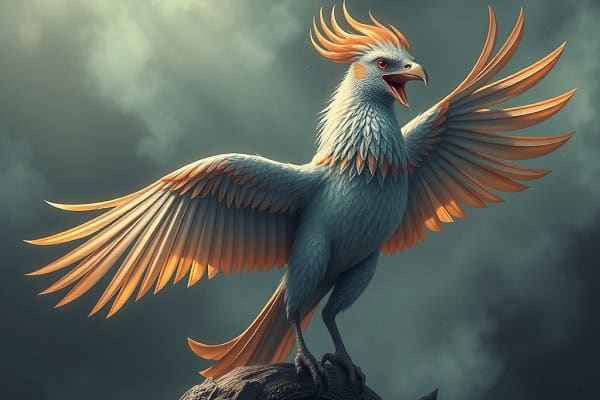Black Swan Bird: Elegant Waterfowl of Australia
Did you know Black Swan can live up to 40 years? This is just one amazing fact about them. They are native to Australia and are known for their beauty and special acting methods.
Before, people thought all swans were white. But the Black Swan changed that. They live in wetlands in southwestern and eastern Australia. They are very good at living in different places and look beautiful doing it.
Learning about Black Swans is really interesting. You’ll find out about their eating habits, how they have babies, and their importance in Australian culture. Keep reading to see how they make their home better and add to the culture of Australia.
Introduction to the Black Swan
The Black Swan is a stunning bird from Australian wildlife. It is known for its grace and how well it adapts. This bird lives in wetlands and is loved for its striking looks and fun behavior.
There are about 500,000 individuals of Australian Black Swans worldwide. This shows how well they can live in different places.
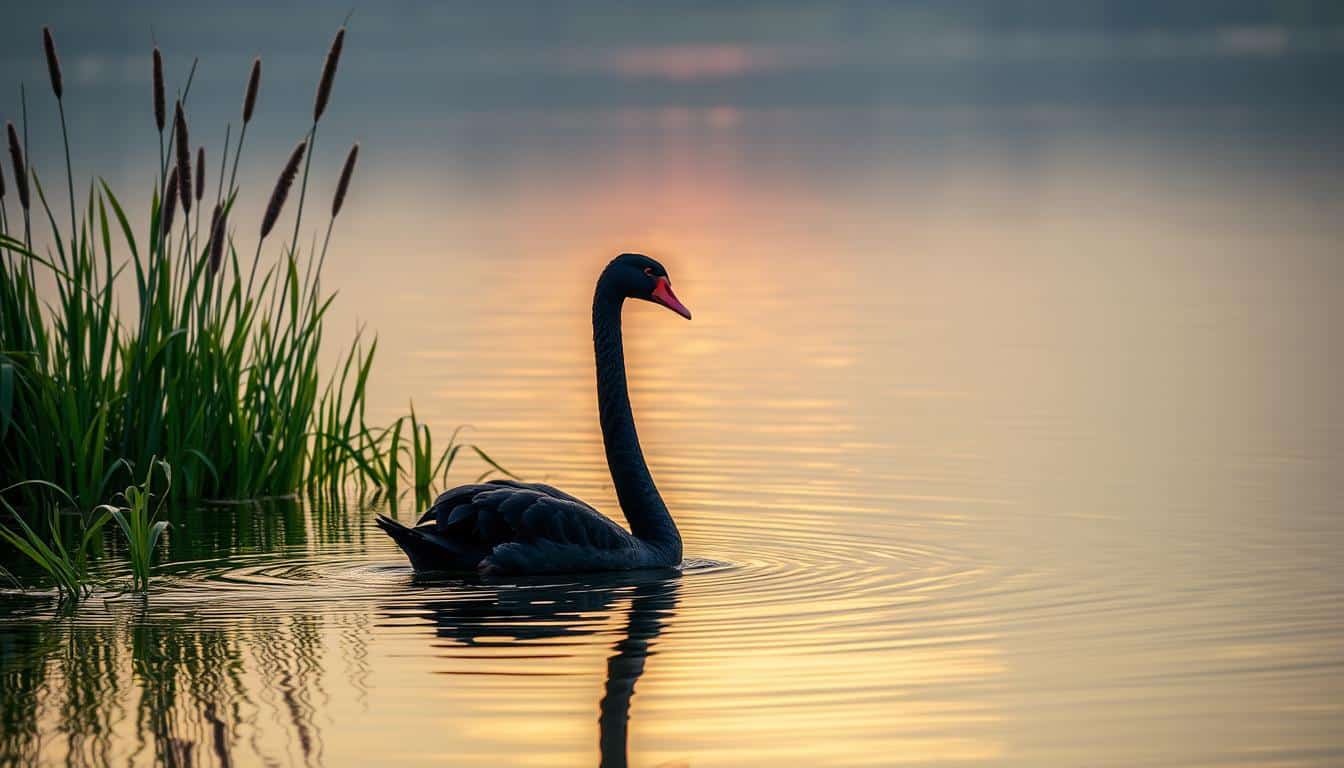
Black Swans are not just found in Australia. They also live in New Zealand and parts of Japan. People first saw them in Europe in the late 1600s. Seeing a Black Swan in the wild in the United States is very rare.
Black Swans have black feathers and red bills with a white band. They can weigh up to 20 lbs (9 kg). Males are bigger than females, making them look different.
Their call sounds like a trumpet. This makes them even more special in Australian wildlife.
The Black Swan is a beautiful bird that people love. As you learn more about them, you’ll see how amazing they are.
The Unique Appearance of the Black Swan Bird
The Black Swan has a stunning look that makes it stand out. Its elegant form and striking features win hearts. Let’s explore its notable physical features and the unique color and markings.
Physical Features
The Black Swan has a long neck, the longest among swans. Adult males can weigh up to 20 lbs, while females are a bit smaller. They grow to 110 to 140 cm long and have a wingspan of 160 to 200 cm.
Adults have deep red bills and white wing tips. These features add to their elegant look.
Color and Markings
The Black Swan is mostly black, with white wing tips. Young cygnets are grayish-brown, turning black as they grow. This change helps them blend into their surroundings.
The mix of dark plumage and white tips is breathtaking. It makes the Black Swan a true beauty of the waterways.
Habitat of the Black Swan
The Black Swan is a bird that loves water. They live in many places, mostly in Australia’s water bodies. Knowing where they like to be helps us protect and watch them.
Preferred Locations
Black Swans like places with lots of plants. This gives them food and a safe place to hide. They like:
- Freshwater lakes
- Brackish and saltwater lakes
- Swamps
- Rivers
- Flooded pastures
- Ornamental lakes
They build nests on water using grass and sticks. This is especially true when they’re having babies. They can live in many places, which helps them survive.
Water Bodies
Australia’s water is key for Black Swans. They live from the Atherton Tableland to Tasmania. These places are great for nesting and finding food.
They mostly eat plants from the water and marshes. This shows how important clean water is for them. They move around based on the weather and water availability.
Feeding Habits of the Black Swan
Learning about the Black Swan’s eating habits tells us a lot. It shows how it fits into its environment and what it needs to eat. This bird loves to eat plants, showing its special tastes and how it searches for food.
Dietary Preferences
The Black Swan mainly eats plants from the water and grasses. It also likes fresh veggies like peas, lettuce, and spinach. It’s important to give it these foods in small amounts so it eats them all.
Black Swans also eat small fish and frogs, but they love plants more. It’s key to keep it away from foods with lots of salt or sugar. These can make it very sick.
Foraging Behavior
Black Swans eat by dipping their beaks in water or by walking on land. They move long distances to find food, especially when it’s hard to find. Their eating habits change with the seasons and where they are.
Breeding and Lifecycle of the Black Swan
The Black Swan’s breeding and lifecycle are full of interesting behaviors and strong family bonds. They breed from February to September. This is a busy time for them.
These swans mate for life. This helps them raise healthy kids together.
Breeding Season
The female Black Swan builds a nest during breeding season. She uses reeds and other plants near water. She lays 5 to 6 greenish-white eggs.
Both parents incubate the eggs for 35 to 48 days. After the eggs hatch, they care for the cygnets together. This parental care helps the young swans survive.
Parental Care
After hatching, cygnets stay with their parents for months. They learn important survival skills. This includes finding food like plants and small insects.
As they grow, they become independent. They usually fly away between 150 to 170 days after hatching. The Black Swan’s lifecycle shows their dedication to family and parental care.
Black Swan Bird: Cultural Significance
The Black Swan is special in many stories and talks. It changed from a mythical bird to a sign of surprise. This change shows how big surprises can change our views and rules.
Historical Symbolism
For over 2000 years, people in Europe thought all swans were white. This idea made the Black Swan a sign of something impossible. But, in 1697, Dutch explorer Willem de Vlamingh found black swans. This changed what people thought was possible.
Thinkers like John Stuart Mill and Karl Popper used the Black Swan to show a point. They said that just because we see something a lot, it doesn’t mean it’s true. This idea is important in understanding the world.
Popular References in Culture
Nassim Nicholas Taleb’s book “The Black Swan” is very important. It talks about how big surprises change history. This idea is not just for thinking; it’s also used in things like investing.
In Australia, the Black Swan is more than just a bird. It’s a symbol on the flag of Western Australia. This shows how important the Black Swan is in culture. It’s a mix of old stories and new ideas that makes it interesting.

The Behavior of Black Swans
Black Swans have a complex social life and travel patterns. They live in family groups and stay together for a long time. This shows their social nature.
Social Structure
Black Swans live in groups but don’t fight over territory. They mate for life, which strengthens their family bonds. Sometimes, a third female joins a pair to help with eggs.
This shows their social structure helps them survive and have babies.
Nomadic Patterns
Black Swans are very flexible in their travels. They move based on food and weather. They breed in Australia but also go to New Zealand, Japan, and China.
Threats and Conservation Status of the Black Swan
The Black Swan faces many threats. These can affect their numbers. They are mostly safe, but dangers come from animals and people.
Natural Predators
Black Swans have to watch out for birds like eagles and ravens. These birds mainly go after the young ones. But, the grown-up swans are safe because they look out for each other.
Human Impact and Population Management
People’s actions hurt the Black Swans too. Buildings and pollution harm their homes. Also, farmers sometimes have trouble with swans when there are too many.
To fix this, rules have been made. These rules let farmers hunt swans in some places. This helps keep the swans safe and the farms running.
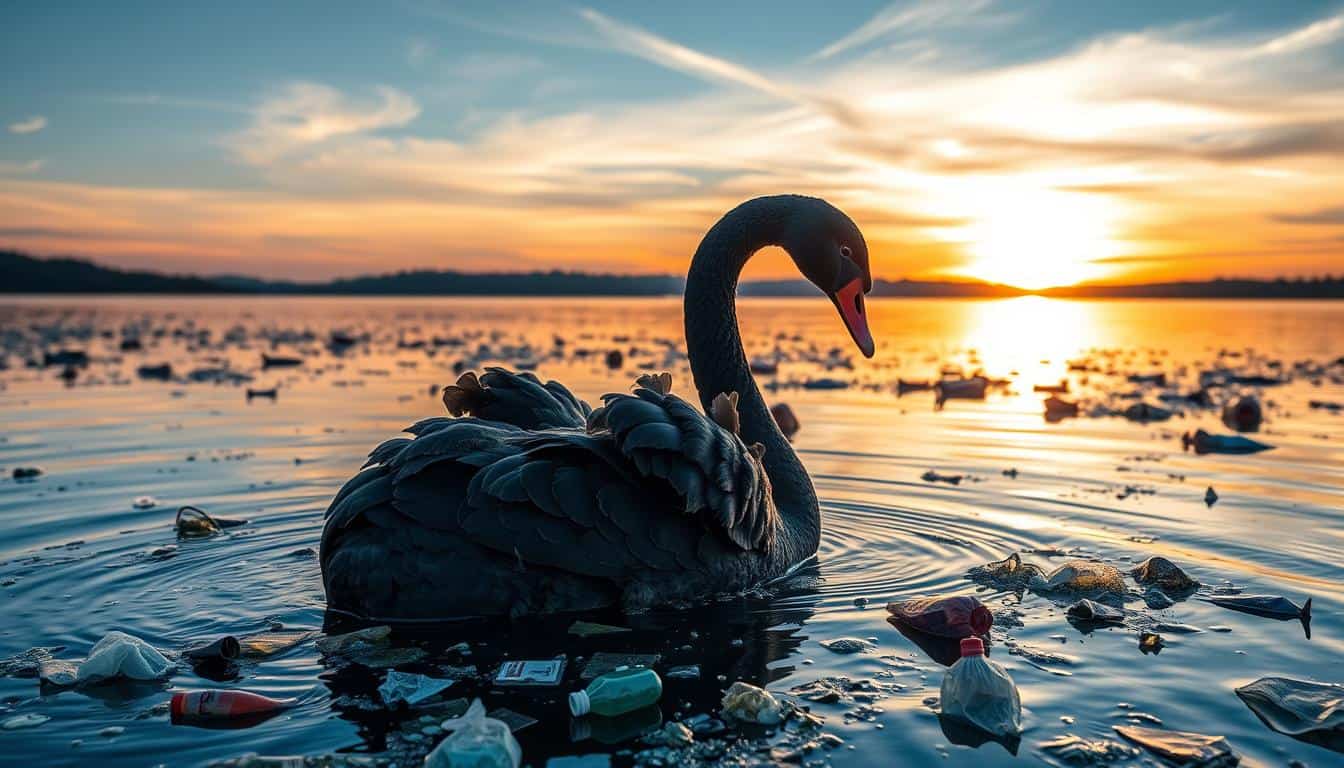
Fun Facts about Black Swans
Black swans, known as Cygnus atratus, are very interesting. They have unique social patterns and amazing physical abilities. Learning about Black Swan fun facts can make you appreciate them more.
Interesting Behavior
Black swans swim in a special way. They swim with one leg tucked up, showing off their grace. They also form strong bonds, staying together for life to care for their young.
Another cool thing is that they sometimes pair up with the same sex. This shows how complex their social interactions can be.
Group Names for Black Swans
Black swans have fun group names. When flying, they are called a “wedge.” On land, they are a “bank.” These names add to the fun facts about Black Swans and show how interesting they are.
| Trait | Details |
|---|---|
| Length | 110 to 142 centimeters (43 to 56 inches) |
| Weight | 3.7 to 9 kilograms (8.2 to 19.8 lbs) |
| Global Population | Up to 500,000 individuals |
| Flight Ability During Molt | Cannot fly for about a month after losing all flight feathers |
| Breeding Season | February to May (north), June to September (south) |
| Average Lifespan | 10 to 15 years |
| Nesting Behavior | Deposits 5 to 6 pale green eggs |
Our Recommended Articles~
- Spiritual Meaning of Ants in the House
- Small Birds With White Stripes On Wings
- Small Birds With Orange Beaks
- Small birds With White Tails
- Finches in the UK
Final Words
The Black Swan is a beautiful bird from Australia. It shows the country’s rich wildlife. This bird is not just pretty; it also helps the environment.
Black Swans live in many places and help their ecosystems. They have special ways of living and working together. This makes us appreciate them more.
Learning about Black Swans helps us understand how to protect them. We see how nature is balanced. This balance is important for their survival.
Humans and animals both face challenges. But people are working hard to save the Black Swans, which shows how important it is to keep nature safe.
The Black Swan theory teaches us about surprises in life and nature. It helps us understand big changes. Knowing this can help us take care of our planet.
It’s important to learn from these lessons. This way, we can live in harmony with nature. We can work together to protect our world.

